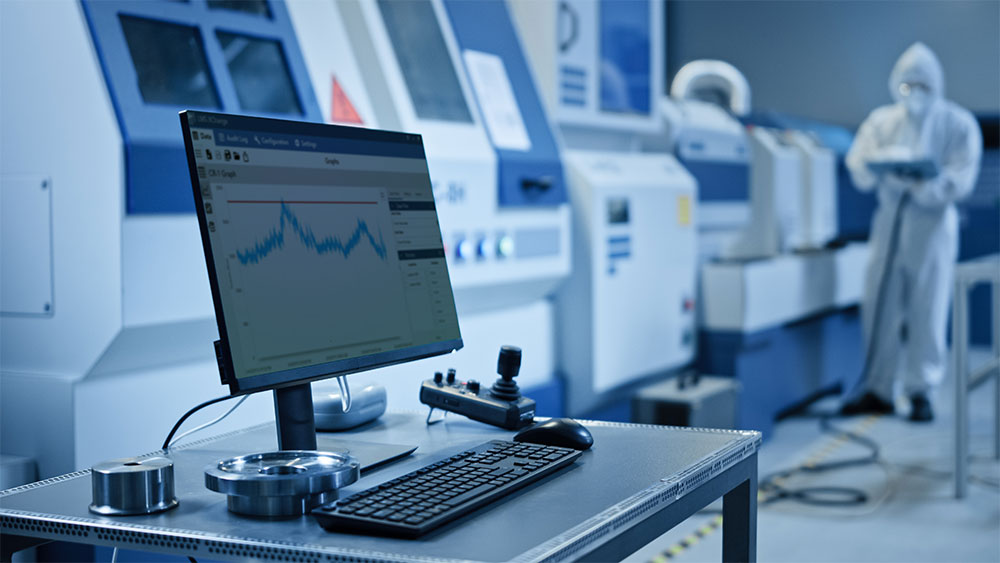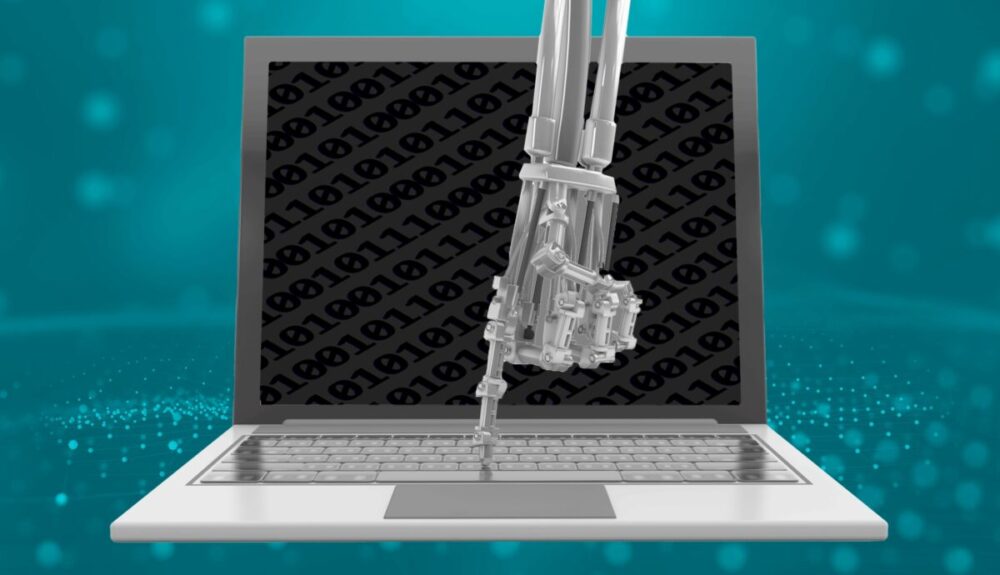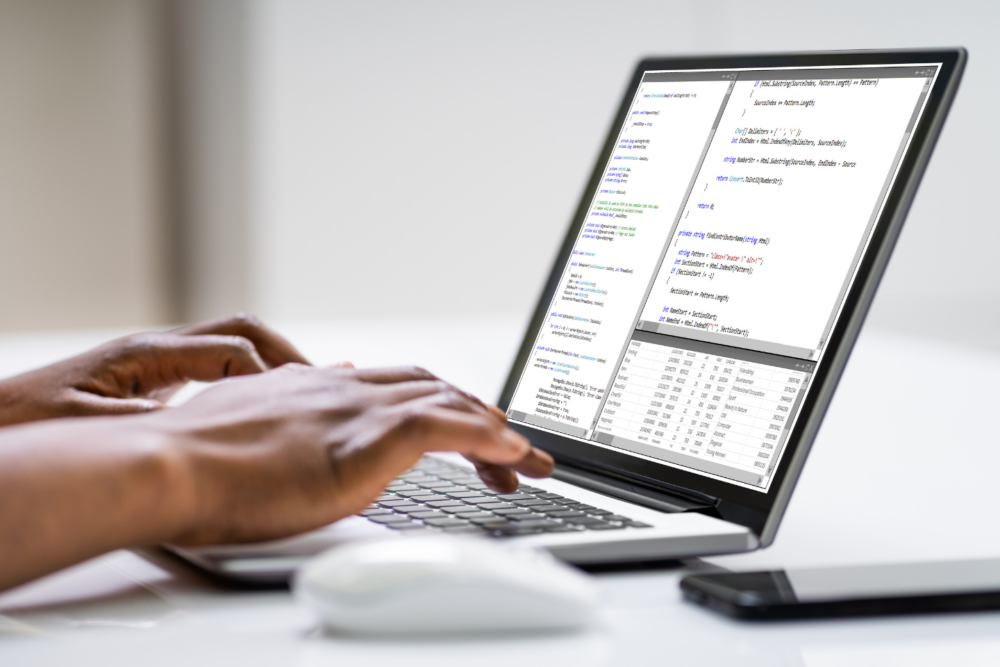Did you know that 83% of organizations experience some form of downtime each year? With technology playing a critical role in today’s fast-paced business landscape, ensuring the reliability and performance of your applications and websites is more important than ever.
This is where synthetic monitoring comes into play. By simulating user interactions and monitoring the performance of your digital assets, synthetic monitoring provides valuable insights that can help you proactively detect and resolve issues before they impact your customers.
But what exactly is synthetic monitoring and how can it revolutionize your monitoring strategy? In this discussion, we will explore the concept of synthetic monitoring, its benefits, and how it is shaping the future of monitoring solutions.

The Evolution of Monitoring Solutions
The evolution of monitoring solutions has been driven by advancements in technology and the growing complexity of modern systems. As technology has progressed, so have the tools used to monitor and manage these systems. Traditional monitoring methods, such as manual checks and log analysis, have become outdated and ineffective in today’s fast-paced and intricate environments.
One of the key evolutionary advancements in monitoring solutions is the shift towards automated monitoring. With the increasing complexity of systems, manual monitoring is no longer sufficient to ensure optimal performance and identify potential issues. Automated monitoring tools utilize advanced algorithms and machine learning to analyze vast amounts of data in real-time, providing a comprehensive view of system health and performance.
Another significant advancement is the integration of monitoring solutions with cloud-based platforms. With the rise of cloud computing, traditional on-premise monitoring tools are becoming obsolete. Cloud-based monitoring solutions offer scalability, flexibility, and ease of deployment, making them ideal for modern systems that rely heavily on cloud infrastructure.
Furthermore, the evolution of monitoring solutions has led to the development of proactive monitoring capabilities. Instead of simply reacting to issues after they occur, proactive monitoring allows for the early detection and prevention of potential problems. This is achieved through the use of predictive analytics and anomaly detection, which can identify patterns and deviations in system behavior, enabling proactive action to be taken before any significant impact occurs.
Understanding Synthetic Monitoring
As technology and system complexity continue to evolve, it becomes imperative to gain a comprehensive understanding of synthetic monitoring and its role in ensuring optimal system performance.
Synthetic monitoring solutions is a technique used to simulate real user interactions with a web application or website. It involves creating scripts that mimic user actions such as clicking buttons, submitting forms, and navigating through different pages. These scripts are then executed at regular intervals from various locations around the world to monitor the performance of the application.
One of the key benefits of synthetic monitoring is its ability to provide real-time monitoring of system performance. By regularly executing these synthetic scripts, organizations can gather valuable insights into the responsiveness and availability of their applications. This allows them to identify and address any performance issues before they impact real users.
Furthermore, synthetic monitoring also plays a vital role in performance testing. By simulating user interactions, it enables organizations to measure and evaluate the performance of their applications under different conditions, such as varying user loads or network latencies. This helps in identifying potential bottlenecks and optimizing the application to deliver a seamless user experience.

Benefits of Synthetic Monitoring
Synthetic monitoring offers numerous advantages in terms of proactively monitoring and optimizing the performance of web applications and websites.
One of the key benefits of synthetic monitoring is its ability to provide insights into performance optimization. By simulating user interactions and transactions, synthetic monitoring allows you to identify potential bottlenecks and areas for improvement in your application or website. This enables you to make necessary optimizations and enhancements to ensure a seamless user experience.
Another advantage of synthetic monitoring is its cost-effective nature. Unlike real user monitoring, which requires actual users to access your application or website, synthetic monitoring uses automated scripts to simulate user interactions. This eliminates the need for expensive infrastructure and reduces the cost associated with monitoring.
Additionally, synthetic monitoring allows you to monitor your application or website from multiple locations, providing you with a comprehensive view of its performance and enabling you to identify regional variations or issues.
Implementing Synthetic Monitoring in Your Organization
To successfully implement synthetic monitoring in your organization, it’s essential to establish a comprehensive strategy that aligns with your performance monitoring goals and objectives. Here are some best practices for synthetic monitoring implementation and overcoming challenges in adopting synthetic monitoring.
- Define your objectives: Clearly identify the key metrics and performance indicators you want to monitor using synthetic monitoring. This will help you focus on the areas that require improvement and drive your monitoring strategy.
- Select the right tools: Choose a synthetic monitoring tool that meets your organization’s specific needs. Look for features like multi-step transactions, real-time alerts, and comprehensive reporting capabilities.
- Develop realistic test scenarios: Create test scenarios that accurately represent your users’ behavior and the critical paths on your website or application. This will ensure that your synthetic tests provide valuable insights into the actual user experience.
- Monitor from multiple locations: To get a holistic view of your application’s performance, monitor from different geographical locations. This will help you identify any regional performance variations and ensure a consistent user experience across different regions.
- Collaborate across teams: Involve stakeholders from different departments, such as IT, development, and business, in the implementation process. This collaboration will help ensure that synthetic monitoring aligns with your organization’s overall objectives and priorities.
- Monitor continuously: Implementing synthetic monitoring is an ongoing process. Regularly review and update your test scenarios, monitor new features and updates, and adjust your strategy as needed to keep up with changing user behavior and technology trends.

The Future of Monitoring: Embracing Synthetic Solutions
By embracing synthetic solutions, organizations can revolutionize their monitoring practices and ensure the continuous optimization of their performance. The rise of AI-powered monitoring has brought about a new era of proactive analysis and problem-solving.
Synthetic monitoring, in particular, has emerged as a powerful tool that can have a significant impact on user experience. Traditional monitoring solutions often rely on real user data, which can be limited in scope and provide a reactive approach to addressing issues.
Synthetic monitoring, on the other hand, allows organizations to simulate user interactions and monitor performance from various locations and devices. This enables them to proactively identify and address potential bottlenecks or performance issues before they impact real users.
The impact of synthetic monitoring on user experience can’t be overstated. By continuously monitoring critical transactions and simulating user journeys, organizations can identify performance issues and optimize their systems accordingly. This ensures that users have a seamless experience and reduces the risk of revenue loss due to poor performance or downtime.
Furthermore, the use of AI-powered algorithms in synthetic monitoring enables organizations to analyze vast amounts of data and identify patterns or anomalies that would otherwise go unnoticed. This proactive approach to monitoring helps organizations stay ahead of potential issues and continuously improve their systems.
Frequently Asked Questions
What Are the Limitations of Traditional Monitoring Solutions?
Traditional monitoring solutions have limitations such as lack of real-time data, inability to simulate complex user interactions, and difficulty in identifying performance issues. Alternatives like synthetic monitoring offer more comprehensive and accurate insights.
How Does Synthetic Monitoring Differ From Real User Monitoring (Rum)?
Synthetic monitoring differs from real user monitoring by simulating user interactions with a website or application. It offers benefits like detecting issues before users experience them and providing a comprehensive view of performance across different locations.

Can Synthetic Monitoring Be Used to Monitor Complex Web Applications?
Yes, synthetic monitoring can be used to monitor complex web applications. It provides detailed and analytical insights into the performance and user experience, making it beneficial for e-commerce websites and mobile applications.
What Are Some Common Challenges Faced When Implementing Synthetic Monitoring in an Organization?
Implementing synthetic monitoring in your organization can present various challenges. These may include setting up the necessary infrastructure, creating accurate scripts, and ensuring that the monitored application accurately reflects real-world user experiences.
How Can Synthetic Monitoring Help in Identifying and Troubleshooting Performance Issues in a Cloud-Based Infrastructure?
Using synthetic monitoring in your cloud-based infrastructure can help you identify and troubleshoot performance issues. It provides real-time data, simulating user interactions, and highlights bottlenecks, latency, and errors, ensuring optimal performance.





